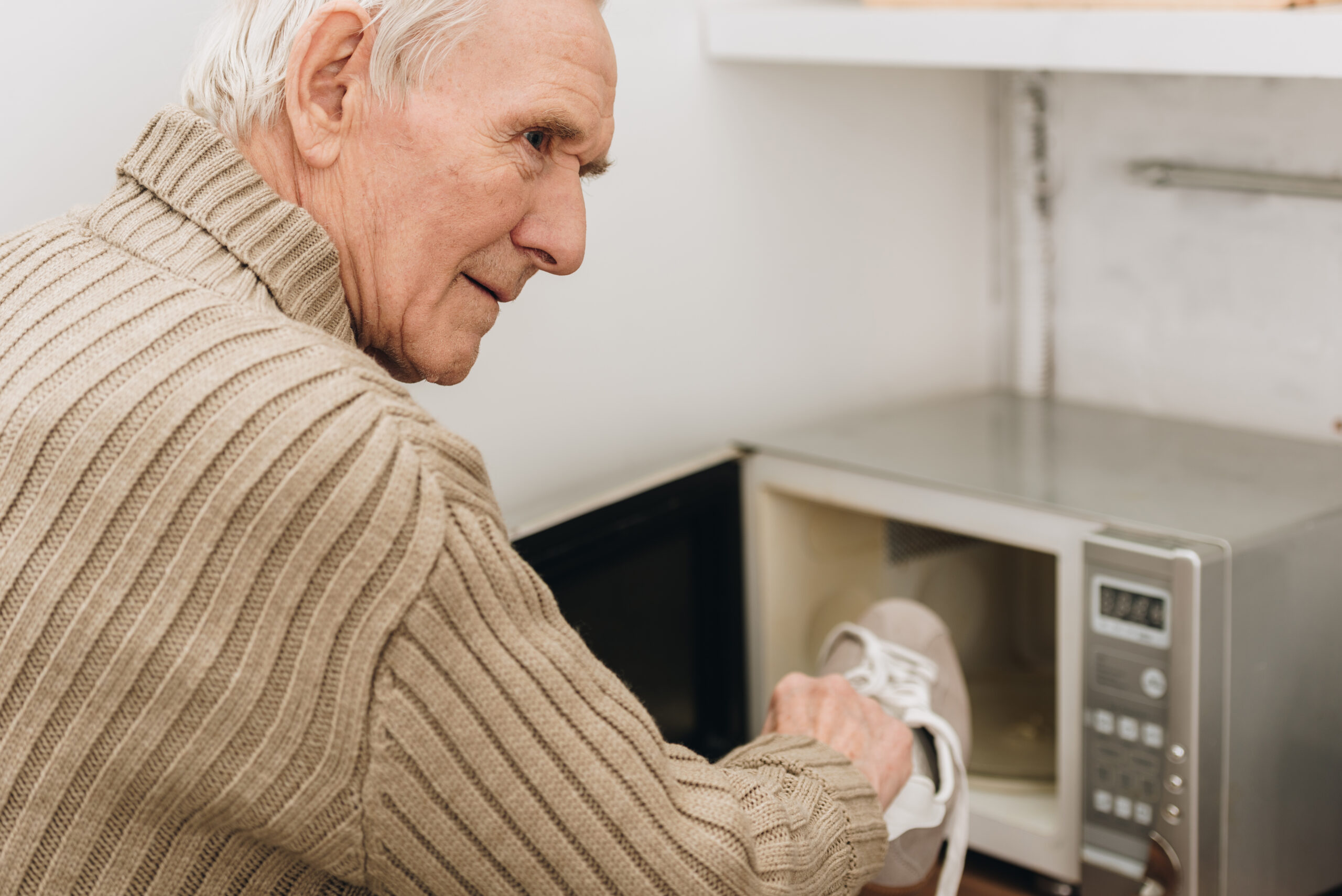How to Avoid Injuries in your 30s
As we enter our 30s, our bodies undergo significant changes that can increase the risk of injuries. This decade often brings more responsibilities, tighter schedules, and noticeable physical changes. However, with the right approach, you can maintain your fitness and reduce the likelihood of injuries.
### Understanding Your Body in Your 30s
In your 30s, muscle mass and metabolism naturally begin to decline. This can make you more susceptible to injuries, especially if you continue with high-intensity workouts without adjustments. It’s crucial to recognize these changes and adapt your fitness routine accordingly.
### Building Strength and Mobility
Strength training is essential in your 30s. It helps build lean muscle, boosts metabolism, improves bone density, and supports joint health. You don’t need to lift heavy every day; two to three strength training sessions per week can be effective. Focus on exercises like squats, push-ups, and lunges, which target major muscle groups such as glutes, hamstrings, core, back, and shoulders.
Mobility is equally important. Incorporating a few minutes of focused stretching and movement into your daily routine can significantly reduce injury risk. This helps maintain flexibility and ensures your joints remain healthy and resilient.
### Smart Training and Recovery
It’s not about training harder; it’s about training smarter. Balance intensity with structure and purpose. Focus on movements that support joint health and long-term strength. Proper form is key, so ensure you’re executing exercises correctly. Gradually increase the load over time to avoid sudden stress on your muscles and joints.
Recovery is also vital. Allow your body time to heal between intense workouts. Adequate rest and nutrition are essential for muscle repair and growth.
### Preventing Injuries
Preventing injuries involves more than just physical training. It’s about understanding your body’s limits and taking proactive steps. Here are some tips:
– **Stretch Regularly**: Regular stretching helps maintain flexibility and reduces muscle tension.
– **Use Proper Techniques**: Ensure you’re using the correct form when exercising to avoid putting unnecessary strain on your joints.
– **Listen to Your Body**: If you feel pain or discomfort, stop and rest. Ignoring these signs can lead to more severe injuries.
– **Stay Hydrated and Eat Well**: Proper nutrition and hydration support muscle health and recovery.
By adopting these strategies, you can maintain your fitness, reduce injury risk, and enjoy a healthier, more active lifestyle in your 30s and beyond.





